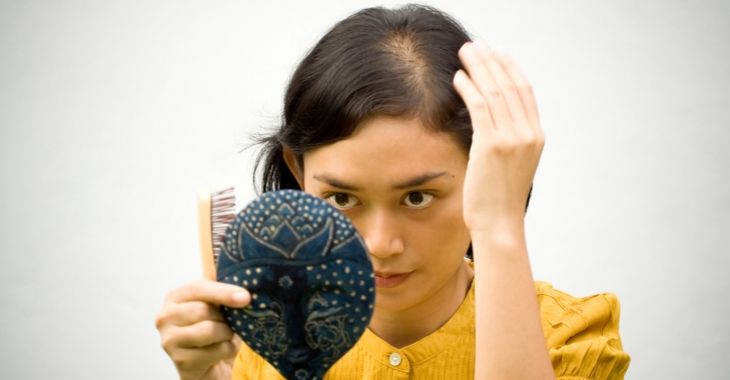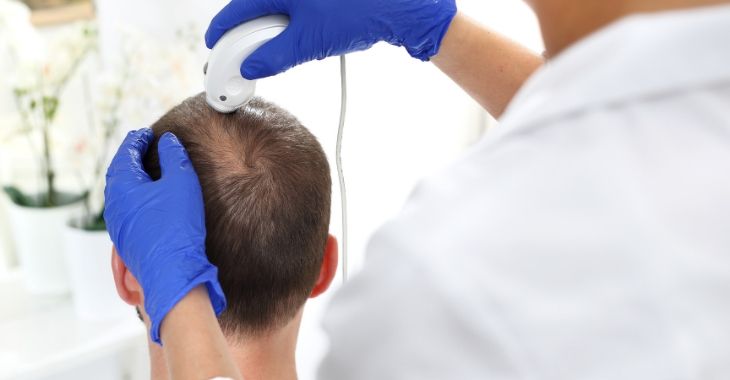PRP Therapy for Hair Loss

Hair loss can occur for various reasons in both men and women. Genetics, medical conditions, hormones and other factors can all cause hair follicles to stop producing hair. Receding hairlines, thinning hair and bald patches can have an impact on appearance and self-confidence. While hair transplant surgery is an option, there are less invasive, innovative options available to combat hair loss, including PRP therapy.
How Does PRP Therapy for Hair Loss Work?
Platelet-rich plasma or PRP has been used for years in medical treatments. PRP is derived from the patient’s own blood; a small blood sample is retrieved and put through a centrifuge that filters out the platelets. This plasma is sterilized and can be injected into tissue that needs healing, including dysfunctional hair follicles.
PRP contains a high concentration of growth factors that can promote tissue healing and rejuvenation. PRP has been used in wound and surgery healing, joint/cartilage treatments and for anti-aging skin treatments. For hair follicles, it can jumpstart the hair growth process in some patients with hair loss. If the hair loss is caused by dysfunctional hair follicles, injections of PRP can be beneficial to restore healthy hair growth.
The advantages of PRP therapy for hair loss are that it is non-invasive and less expensive than transplant surgery. Plus, patients are not susceptible to side effects or adverse reactions to PRP since it is derived from their own blood. The benefits can be incredible, helping increase the thickness of hair and slow hair loss.
If you have experienced hair loss and want to explore your options, consult a facial plastic surgeon that offers PRP therapy and other hair loss treatments. There are many innovative treatments that can restore fuller hair to help improve your appearance and self-confidence.
Posted on behalf of:
Maurice M. Khosh, MD, FACS
580 Park Avenue, Suite 1BE
New York, NY 10065
212-339-9988
The information provided on this website, including text, graphics, images, and other materials, is intended solely for informational purposes and should not be used as a substitute for professional medical advice, diagnosis, or treatment.


)